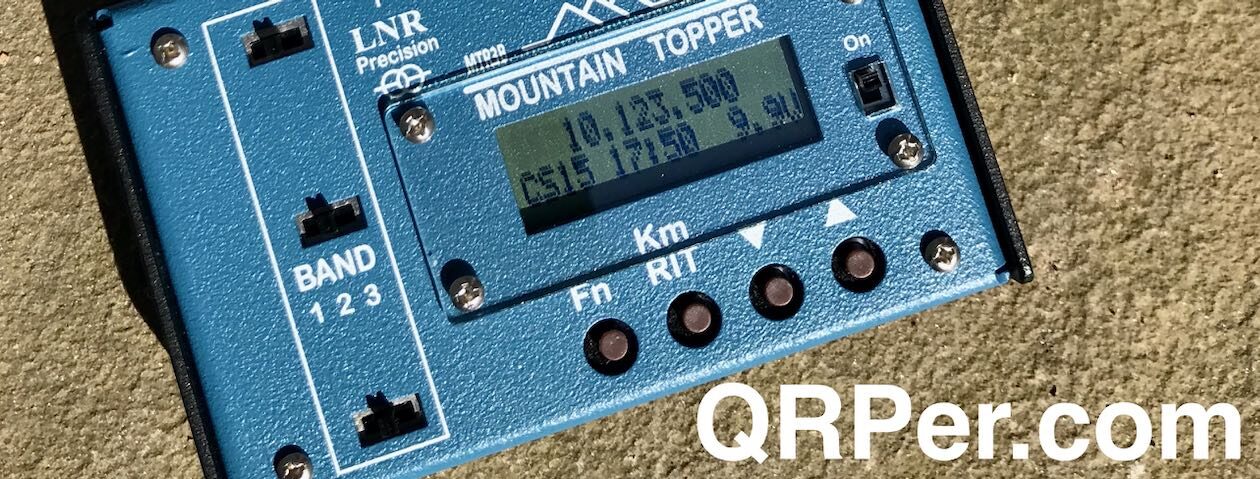 Many thanks to Dan (W9SAU) who shares the following field report:
Many thanks to Dan (W9SAU) who shares the following field report:
My first Straight Key POTA Activation
Dan (W9SAU)
1/22/2023
After 3 weeks of working Straight Key for SKCC, SST, and POTA QSOs, and a lot of practice, I wanted to try a Straight Key POTA Activation, using a Cootie paddle.
My Cootie/Sideswiper is a modified Vibroplex Single paddle, with a switch installed. Converting a paddle to a Cootie is done by jumpering the dot and dash wire connections. Then turn the Electronic Keyer off. The switch allows for Cootie or Keyer operation.
Pullman National Monument (K-7917) is only 10 minutes from my QTH. Pullman is unique, with the National Park borders surrounding a portion of the Pullman factory and neighborhood. You can operate from anywhere within these borders. I operated from the parking lot of the Pullman National Monument Exhibit Hall.
In this busy area in the City of Chicago, the noise floor was near S-Zero. There is occasional interference from a passing Illinois Central Electric Train, with QRN that obliterates everything. Not many trains on a Sunday morning.
With snow falling, my operating position was inside the vehicle, using a Yaesu FT-891 set to 5W for QRP, with a Shark 20 meter Hamstick on the roof.
Some anxiety, starting at 13wpm, but I quickly became comfortable with 15wpm. My goal was to complete the Activation with 13 or 14 contacts.
I finished with 22 in the log in 35 minutes. I appreciate the patience of all who slowed down for me.
I had plenty of protection from Chicago’s Finest! Across the street are the Pullman Horse Stables. All employee and visitor horses were housed and cared for here, in the late 1800’s.
Working the Cootie is a lot of fun! I find it easier than the traditional up/down key. But each character still has to be formed manually. I will be doing more of this type of POTA Activation.
A bonus is Ops who sometimes initiate a SKCC QSO when I work them for POTA. I was happy to accommodate them, but using a Keyer, I could not take SKCC credit. With the Cootie, I can use the credit to work towards the next SKCC achievement level. All while working Parks On The Air!




































